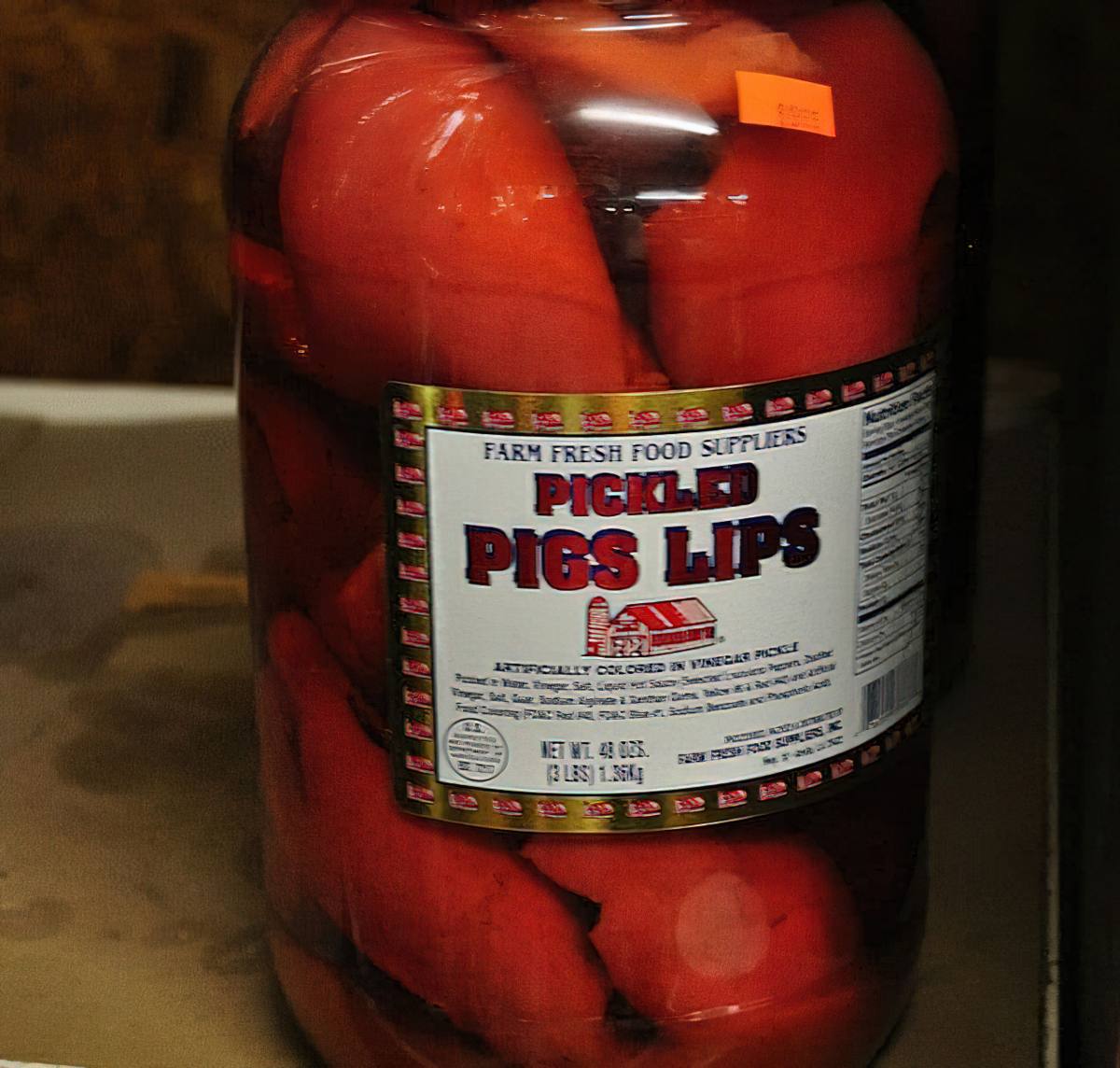What Are Gross-out Books?
Gross-out books are frequently classed as ‘trash‘ and rarely win the big awards, perhaps partly because they sell so well.
Gross-out books fall into the category of ‘carnivalesque‘. In academic terms, these gross-out books might be called ‘carnivalesque-grotesque’.
Carnivalesque-grotesque narratives directly address the personal and sociocultural anxieties induced by knowledge of the vulnerability of both the individual and the social bodies. Vulgar, obscene and taboo-breaking forms of comedy in popular culture are neither a modern nor a culturally specific phenomenon. The presence of grotesque humour has been noted in youth culture, in particular, for at least the last few hundred years.
Carolyn Daniel, Voracious Children: Who eats whom in children’s literature
Howard Suber dates such stories from a much earlier time:
[Gross-out humour is] a tradition that goes all the way back to the ancient Greeks. In Greek theatrical celebrations, there would be a cycle of three tragedies, followed by a satyr play or other comedy in which fart jokes, feces-throwing, giant erections [cf. the Harlequinesque], and bosoms were all incorporated in a way that would make any fourteen-year-old male die with laughter. […] While lots of tragedies were preserved, hardly any complete raunchy Greek comedies survive to this day. Even Aristotle’s book on comedy, which was the companion to his work on tragedy, was allowed to disappear from the face of the earth.
Howard Suber, The Power of Film
Daniel then refers to Mikhail Bakhtin’s theory of the bodily principle.
The grotesque body is a concept, or literary trope, put forward by Russian literary critic Mikhail Bakhtin in his study of François Rabelais’ work. The essential principle of grotesque realism is degradation, the lowering of all that is abstract, spiritual, noble, and ideal to the material level. […] Exaggeration, hyperbole, and expressiveness are all key elements of the grotesque style. Certain aspects of the body are referenced when talking about the grotesque. These things include elements of the body that either protrude from the body or a part of the body that can be entered. This is because the body in many cases is seen as pure where as the outside world is not.
The Wikipedia entry for The Grotesque Body
Since disgust is one of the components of the horror genre, along with fear and horripilation, gross-out books might be considered ‘horror but for kids’. Film scholar Noel Carroll has said that disgusting things are fascinating because they violate our classifacatory schema. (“What even is this?!”)
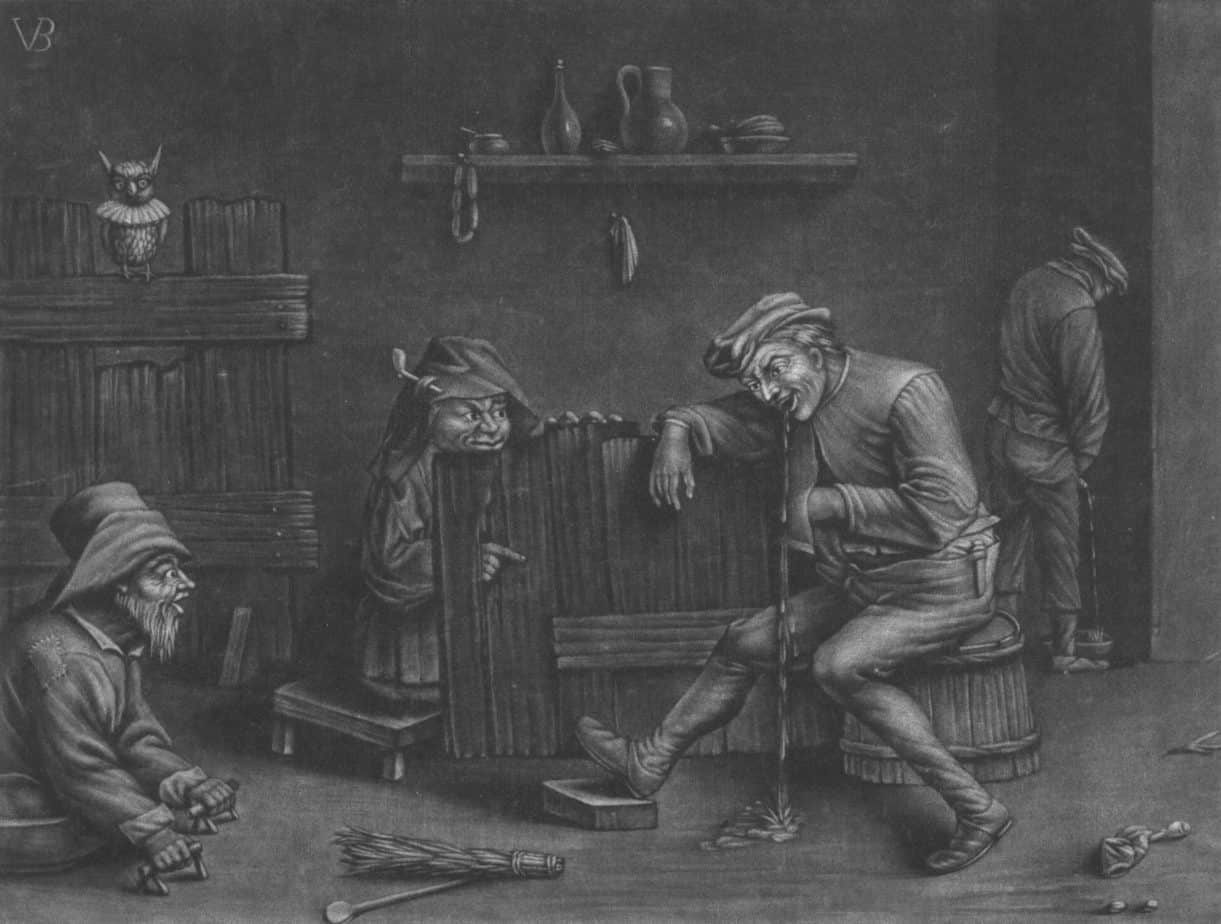
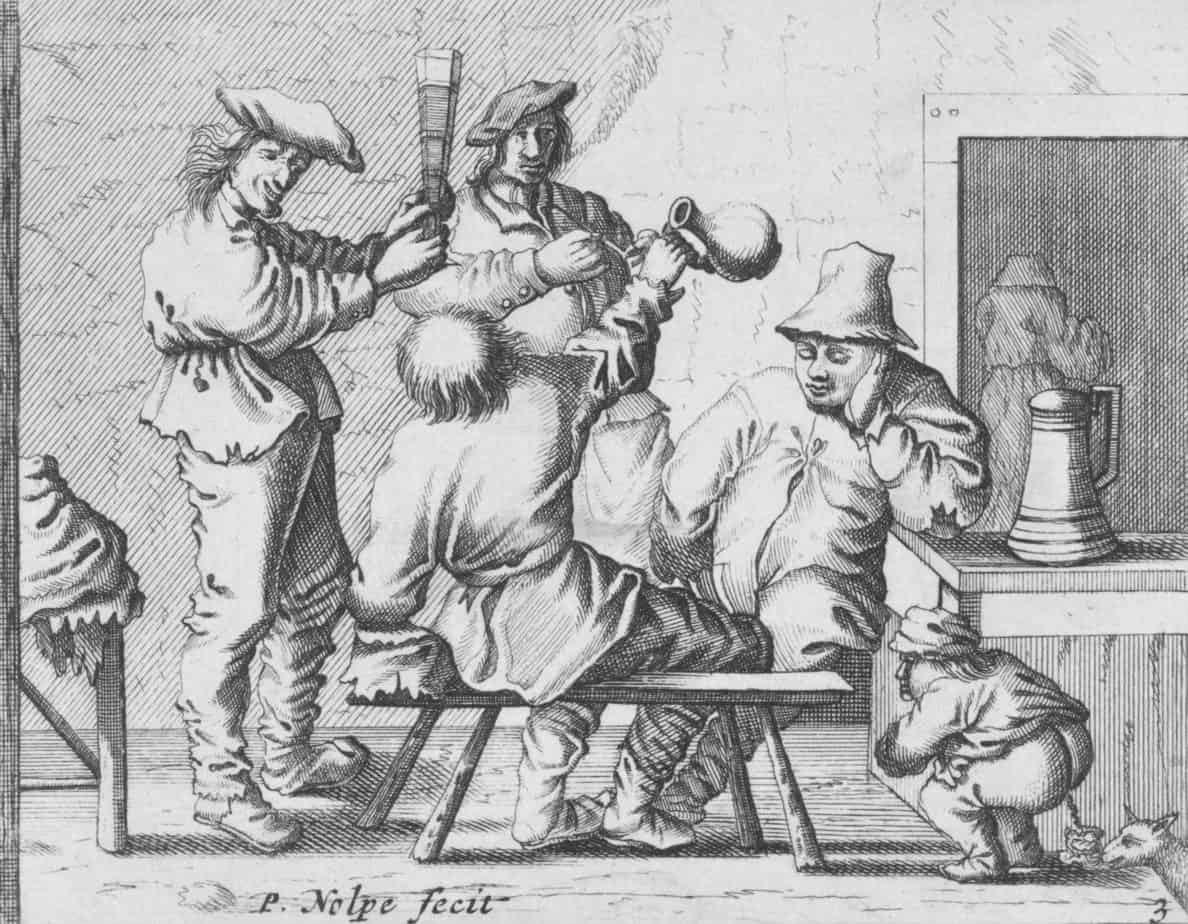
Gross-out humour clearly crosses time and culture. Why is it popular today?
The continuing appeal of this type of narrative attests to the problematic cultural construction of body functions and fluids as abject and disgusting, the importance of the inside/outside dualism in both individual and social psyches, and the psychological and social need to overcome abjection in order that society can function normally.
Daniel
A FEW EXAMPLES OF GROSS-OUT
On this blog:
- The Disgusting Sandwich by Gareth Edwards and Hannah Shaw
- How To Make Friends With A Ghost by Rebecca Green
- Various fairytales involving sleeping with frogs, e.g. “The Frog Prince“
- Comedy about cannibalism (the ultimate taboo)
- Certain scenes of This Country and The I.T. Crowd
- Much of the work of Australian children’s author Paul Jennings
- Also R.L. Stine
- Roald Dahl was likewise a fan of gross-out scenes; when writing for adults he was able to utilise the discomfort of sex.
The Aldi Revolting Rhymes Controversy
If you were a child reader in the eighties perhaps you remember this book with this cover — I was also gifted the sequel, Dirty Beasts and derived much enjoyment from both books at about age 8. I have clear memories of reading these poems to me parents, who laughed and laughed, and I felt so much pride at my performance it was as if I’d crafted these poems myself. That said, I was always a little wary of them. In one of the poems one of the young heroines ‘pulls a pistol from her knickers’ and I remember that line perplexed me: What is the obsession with little girls’ knickers? I wondered. Why are girls’ knickers more inherently funny than boys’ underpants, which are never mentioned? I wasn’t able to put it into words, but I was certainly aware of feminist issues even as an eight-year-old girl. The answer of course, to my unasked question: Girls’ knickers are more funny because girls are taught more body shame, so by exposing a female’s under garments you are exposing her basic humanity and opening her up as vulnerable and powerless, despite everything else she has achieved. This is actually the stuff that underpins rape culture.
Much more recently Aldi Australia offered Revolting Rhymes as a weekly special buy and parents about my age flocked to the store and bought this classic for their own children, only to get home and realise that culture has changed a bit since the 80s, and some weren’t too happy about the word ‘sl*t’, which has changed irreversibly in meaning. (Did people in the 80s still remember its original meaning though — in which sl*t refers to a slovenly woman who can’t keep the house clean?)
There was of course the usual backlash against Aldi after they made the decision to stop selling the books, with consumers criticising ‘censorship’ from do-gooders.
In truth, the word ‘sl*t’ is representative of the much wider gender problems in this particular gross-out books, and even modern gross-out books have their issues.
Carolyn Daniel points out in her academic work Voracious Children: Who eats whom in children’s literature that gross-out books are written for children, especially boys, and writing about bums is almost licence to print money. I think this is rather overstating the case — if you’ve ever read a really bad example of a gross-out book, written by someone who thinks that all you have to do is write a whole heap of the most disgusting stuff you can imagine, you’ll see that the best-selling gross-out books do still have plots, and plots are never easy no matter the genre, otherwise everyone would be a bestseller.
Since Daniel’s criticism was published (2006) she would not be surprised to see the continuing success of the Andy Griffiths series The Day My Bum Went Psycho, which I have to admit, is surprisingly clever as a spoof given the title. Until I picked it up I wondered how on earth it was possible to write an entire novel that could live up to the cover image:
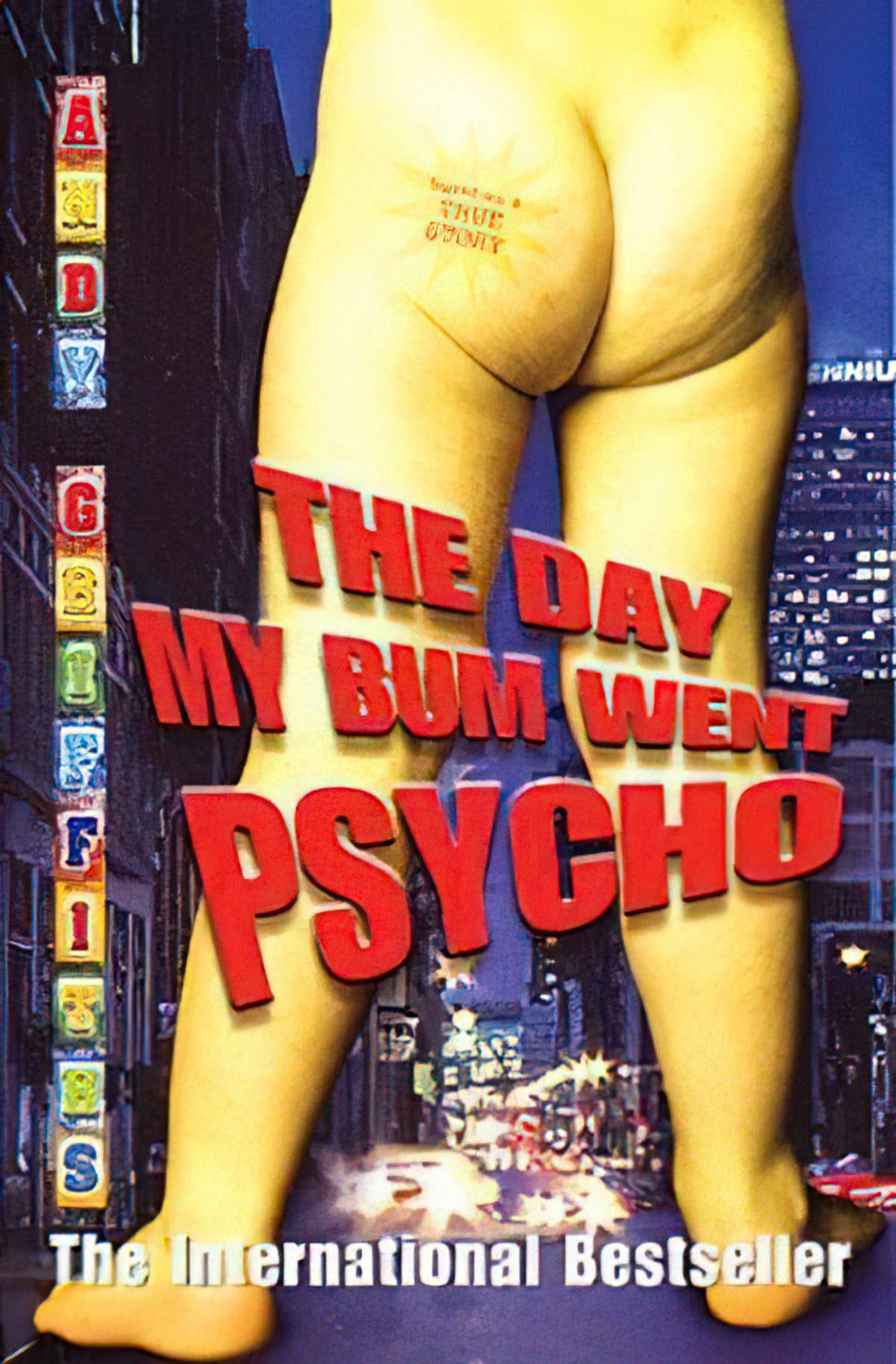
It’s also a TV series now. The book is basically a spoof of a war story, and manages dual audience humour, which only readers familiar with war story tropes would understand. I’m no fan of the book myself, and my daughter lost interest, but I can see the appeal. As you can see, I’m one of the conflicted.
Have We Made Up Our Minds About These Books? Really?
The Andy Griffiths books are probably found on the shelves of every public Australian school library. So a friend of mine was confused when her then six-year-old daughter, having just finished reading The Day My Bum Went Psycho, get into big trouble — along with a group of friends — when they were taken to the computer lab for research and did a google search for ‘worlds biggest bum’. It seems we’re all a bit confused about what is okay and isn’t okay for kids. “Oh no! They’re googling bums! Butt it’s okay, everyone’s got a bum…Bums are perfectly natural But what if the parents find out about this and we get into serious trouble! Also, Andy Griffiths! And at least the boys are reading something.”
Attitudes To Gross-out Books
One popular argument: As long as my boys (in particular) are reading, I don’t care what they’re reading.
Addendum: If kids are enjoying reading it must be good for them, both for their emotional health and for their decoding skills. Also, reading trash is a gateway to reading good literature when they get round to it.
A counter argument: Funny, light, popular books can still be harmful. Reading bad books is perhaps even worse than watching a lot of high-quality TV.
I’m inclined to go with the latter, not because I think kids are already gross enough and don’t need bad behaviour encouraged (I don’t believe it works like that) but because the messages under the surface are actually more powerful than the top layer of story. This is exactly why all the award winning books are heavy on metaphor.
Are There Good Things To Come Out Of Gross-out Books?
Can the grotesque images in carnivalesque texts contain any subversive potential at all? According to Kristeva they can: such narratives are able to “lay bare, under the cunning, orderly surface of civilizations, the nurturing horror that [socio-cultural systems] attend to pushing aside by purifying, systematizing, and thinking.” In other words, for children, carnivalesque-grotesque material can reveal what adults are trying to suppress and it makes a move toward deconstructing sociocultural systems and laying bare their values.
Daniel
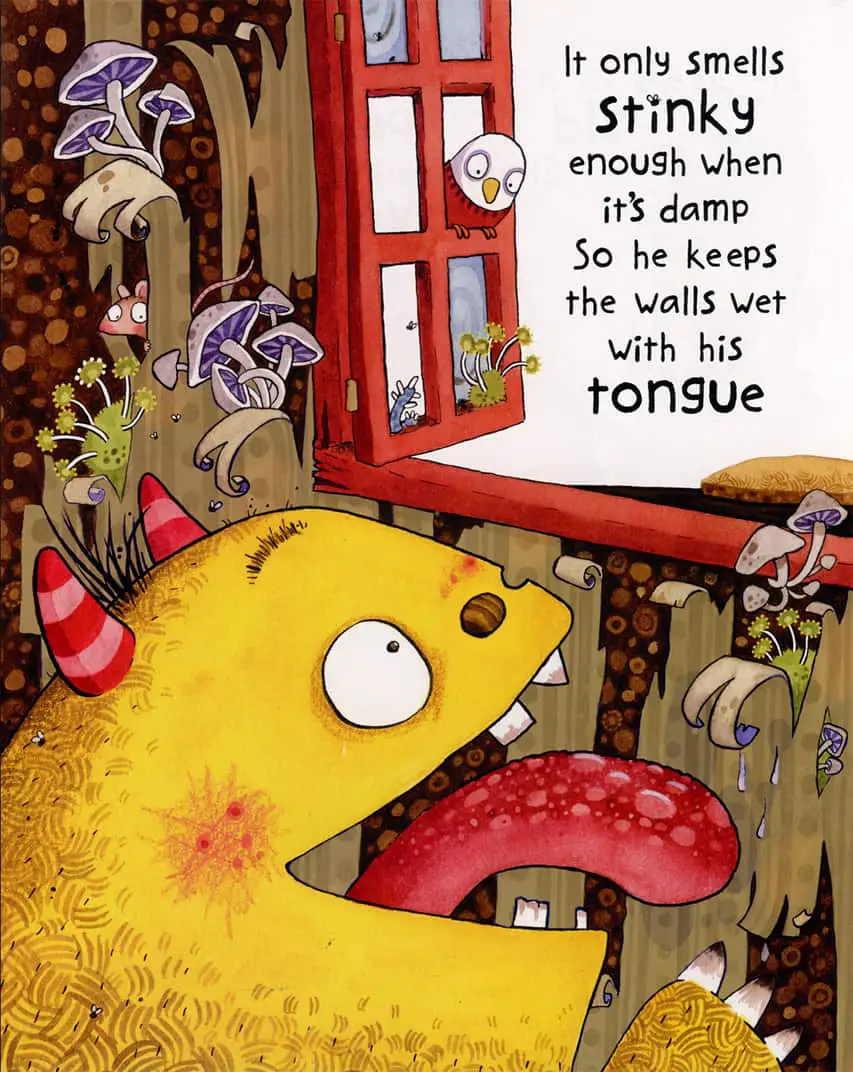
Problems With Gross-out Books
However:
what these narratives do not reveal is the underlying misogynistic discourse that form the basis for such systems and values and, in fact, I think they may work (perhaps through the jouissance they evoke) to normalize such discourses.
Daniel
Daniel uses Fungus the Bogeyman as an example.

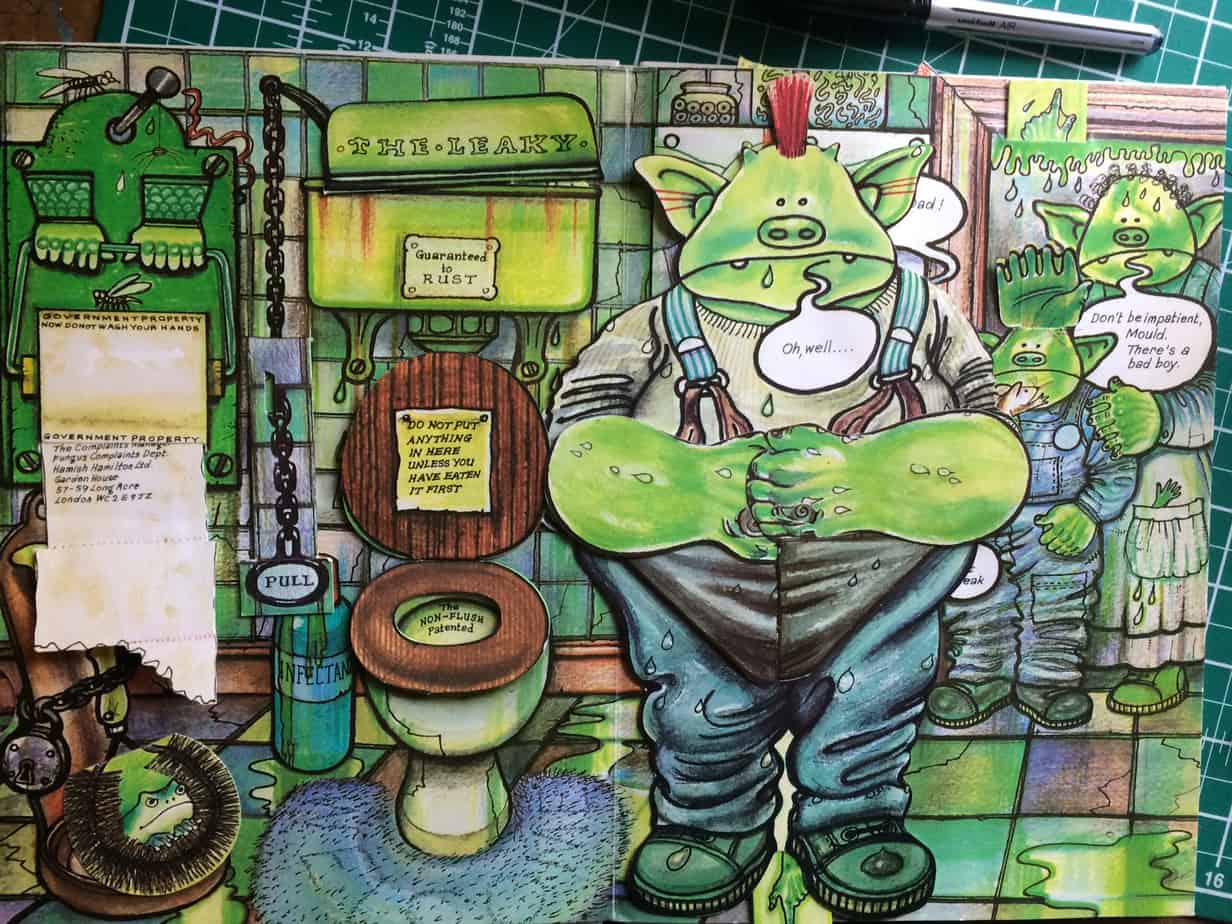
But this is not a book I’d like to delve too deeply into because my adult self is easily repulsed.
Bakhtin also thinks the problem with subversive humour is that at first glance it’s all ‘Look how subversive and transgressive we are’, but when you look a little more closely it’s all about preserving the social norm.
These stories are actually pretty moralistic:
Laughter itself…arguably stems from a culturally derived sense of humor and grotesque humor is, therefore, a licensed affair. … there are norms that define what is funny, that determine the “domain of the laughable and ridiculous.” These norms…demand that “mockery take such a form that it reveals its limits and thereby pays homage to that which is mocked.” … one of the most important functions of the carnivalesque children’s text is its didacticism, confirming through a dialectic of high and low aesthetics what is considered eternal and transcendent and what is temporal and material. Children’s carnivalesque texts are … transgressive of such things as social authority [and] received paradigms of behaviour and morality but by transgressing them they also confirm them. “Carnivalesque texts, by breaking boundaries, explore where they properly lie.”
Davies
And misogynistic:
It is vital to clarify that sociocultural taboos exist because of social and psychological fears concerning the abject/grotesque functions of the body. The fears exist because of misogynist individualistic cultural discourses that define the abject. These discourses define the abject as as an intrinsically maternal/feminized concept. The ability to recognize the abject is … “a condition of individual needs to recognize the abject and to suppress it, to achieve repressed or unspeakable condition. However, while the abject can be recognized and suppressed, it cannot ever be fully obliterated, but always “hovers at the borders of our existence, threatening the apparently settled unity of the subject with disruption and possible dissolution. … Grotesque narratives…work conservatively to justify the taboo status of the abject and to confirm the otherness of the maternal/female body. They are not, therefore, radically transgressive/subversive but, rather, serve patriarchal hegemonic interests.
Daniel
(There’s a word for ‘otherness’. It’s ‘alterity’.)
Obviously, with an abstract passage like that, you need some examples.
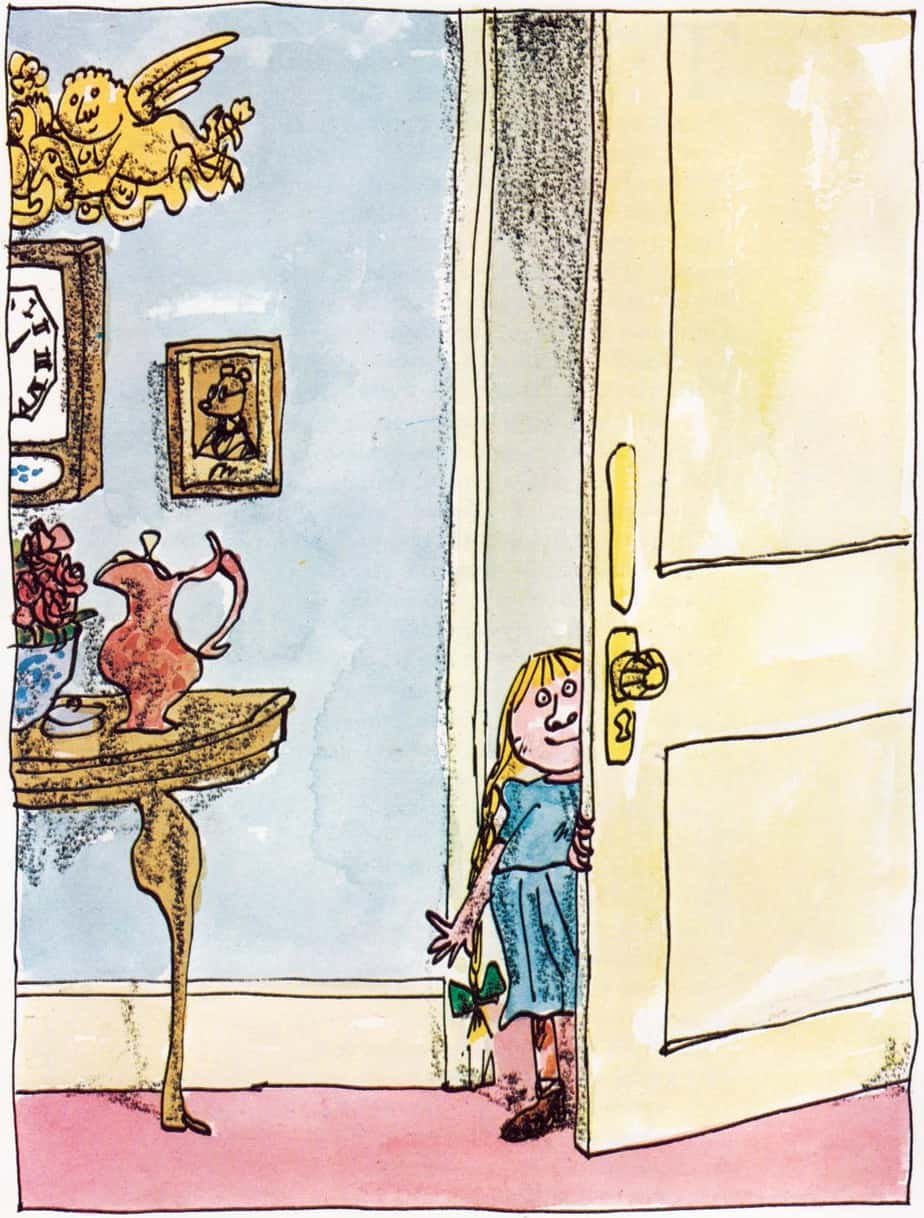
Returning to Roald Dahl’s Revolting Rhymes, Daniel takes Dahl’s version of Goldilocks (click for full version) as an example:
The language used in grotesque narratives for children is generally not coarse and abusive (unlike their own texts) because it is written and licensed by adults. Stories written for them in these genres often contain language that might be categorized as within the realms of mild taboo, designed to titillate, rather than shock. The language itself reinforces adult authority—children all know plenty of abusive language (as their play-rhymes clearly show) but its very absence from their literature didactically reinforces the taboo. Roald Dahl directly refers to this in his version of “Goldilocks” in which the little girl, he suggests, is a less than pleasant character. She has just sat upon and broken baby bear’s chair:
A nice girl would at once exclaim
“Oh dear! Oh heavens! What a shame.”
Not Goldilocks, she begins to swear
She bellows, “What a lousy chair.”
And used one disgusting word
That luckily you’ve never heard
(I dare not write it, even hint it
Nobody would ever print it)It is interesting to note Dahl’s judgement upon that “nice girls” say and to see how he frames his protagonist by implying that her abusive language is so foul that it is unprintable. She is therefore definitely not a nice girl and is deemed to be abject. The readers are nice, however, because Dahl tells them that they have “never heard” the offending word. As the word is not mentioned this is a pretty safe bet. The text explicitly and implicitly signals suitable language for children’s use. Carnivalesque texts for children often include playful intrusion by the narrator as Dahl’s does. This draws attention to the social forces which…determine the relationship between signs and things, reinforcing what is socially desirable with regard to cultural and linguistic mores. Furthermore, the reader is thus suddenly and deliberately situated outside the text, by the narrator’s intrusion, and so is discouraged from empathizing with the protagonist. Indeed, the reader is encouraged to disapprove of Goldie’s language, to take the culturally legitimate stance, to be mildly amused but also shocked, to be be ultimately disapproving and condemning. Dahl uses the technique again to condemn Goldilocks, once more reinforcing the condemnation with mention of the abject. Goldilocks has climbed into baby bear’s bed with her shoes on:
Most educated people choose
To rid themselves of socks and shoes
Before they clamber into bed
But Goldie didn’t give a shred
Her filthy shoes were thick with grime
And mud and mush and slush and slime
Worse still, upon the heel of one
Was something that a dog had doneI say once more, what would you think
If all this horrid dirt and stink
Was smeared upon your eiderdown
By this revolting little clownHere the narrator directly addresses readers and seeks their opinion (“what would you think?”). In employing this tactic, Dahl further distances readers from Goldilocks, refusing to allow identification with and implicitly condemning her activity and power. Dahl’s work is openly didactic, reinforcing his personal notions of appropriate behaviour for girls. This is cleverly achieved through his undoubted wit, word play, and by stretching the limits of the taboos he is ultimately reinforcing.
Daniels
Related
The Magic Lavatory by Nicholas Allan (London 1990)







WRITING ACTIVITY: A DISGUSTING MEAL
Task: Think of a disgusting meal you have had — real, imagined or a mixture of both — and make it sound as unappealing as you possibly can. As a further challenge, take a meal you have really enjoyed and make that sound as disgusting as possible. Or vice versa.
Here’s an example from a popular travel memoir. Notice how Bryson makes the food sound all the more disgusting by contrasting the general fervour with which those around him are scarfing it down.
The food was just plain terrible, and yet everybody in the room was shoveling it away as if there were no tomorrow. I picked at it for a while – bristly fried chicken, lettuce with blackened veins, French fries that had the appearance and appeal of albino slugs – and gave up, despondent. I pushed the plate away and wished that I still smoked. The waitress, seeing how much I had left, asked me if I wanted a doggie bag.
‘No thank you,’ I said through a thin smile, ‘I don’t believe I could find a dog that would eat it.’
On reflection, I can think of one eating experience even more dispiriting than dining at that cafe and that was the lunch-room at Callanan Junior High School in Des Moines. The lunch-room at Callanan was like something out of a prison movie. You would shuffle forward in a long, silent line and have lumpen, shapeless food dolloped on to your tray by lumpen, shapeless women – women who looked as if they were on day release from a mental institution, possibly for having poisoned food in public places. The food wasn’t merely unappealing, it was unidentifiable. Adding to the displeasure was the principal, Mr Snoyd, who was always stalking around behind you, ready to grab you by the neck and march you off to his office if you made gagging noises or were overheard inquiring of the person across from you, ‘Say, what is this shit?’ Eating at Callanan was like having your stomach pumped in reverse.
Bill Bryson, The Lost Continent
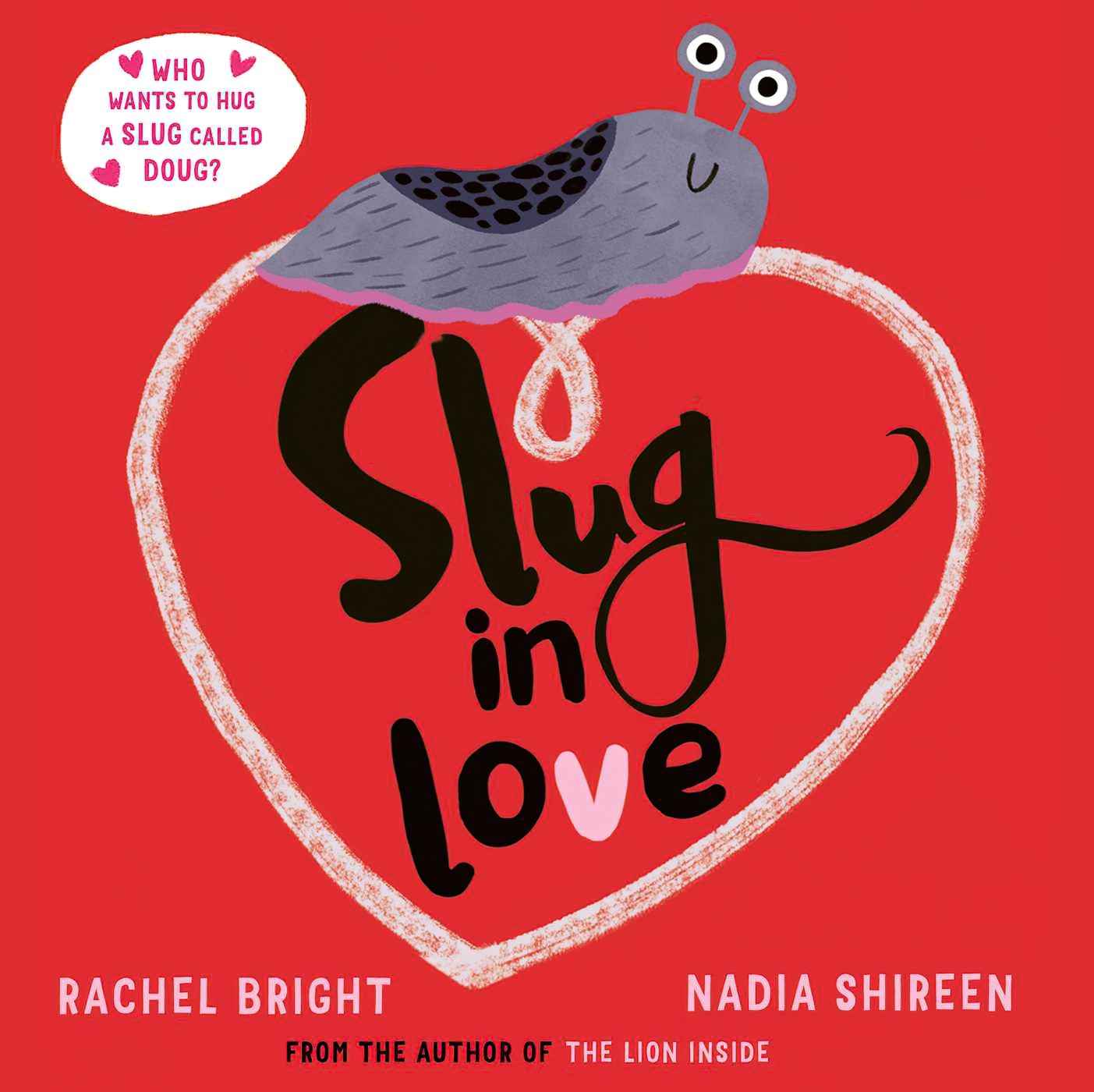
QUESTIONS:
1. What is the adjective Bryson has used to describe the fried chicken? Why did he choose that particular word?
2. Lettuce is described as having ‘blackened veins’. What does the colour black often symbolise? What else has veins?
3. One way of making food sound disgusting is by comparing it to bugs and insects. Where does Bryson do that?
4. The cafe at Bryson’s junior high school is compared to a prison. He first tells, then describes. He makes use of hyperbole (exaggeration). What are the parts which are slightly exaggerated, do you think?
